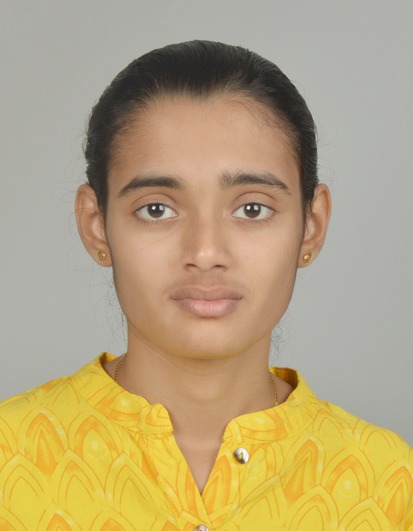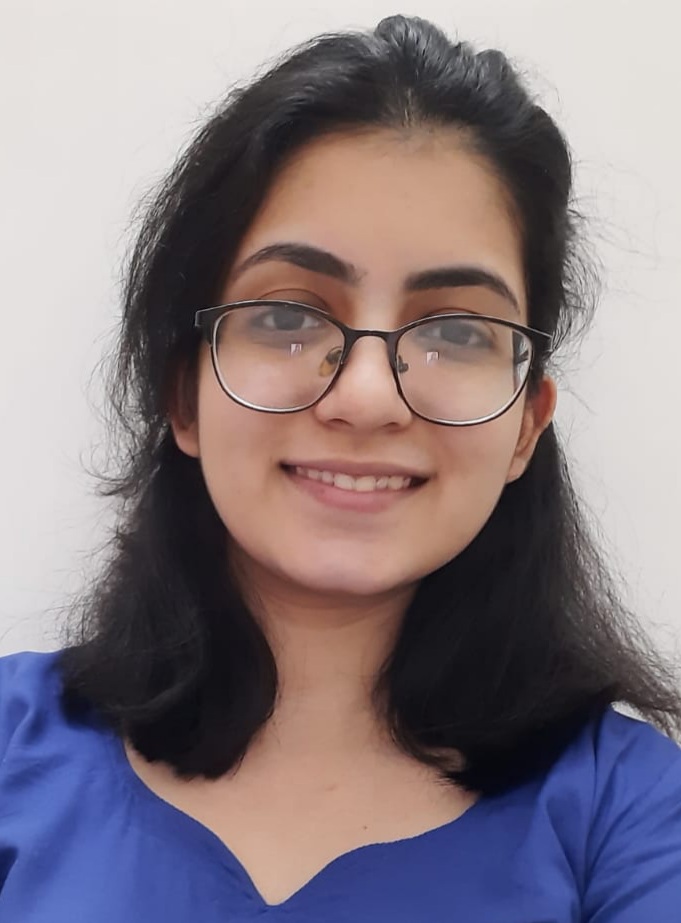What are the standard treatment options for gliomas
The treatment of gliomas varies depending on the type, grade, and location of the tumor, as well as the overall health and preferences of the patient. Here are the standard treatment options:
1. Surgery
-
Goal:
- The primary goal of surgery is to achieve maximal safe resection of the tumor. The extent of resection is one of the most important factors influencing prognosis.
-
Complete Resection:
- In cases where the tumor is accessible and located in a non-eloquent area of the brain (areas not critical for essential functions), a complete resection may be possible.
-
Subtotal Resection or Biopsy:
- If the tumor is located in an eloquent area or is deeply embedded, only partial resection or a biopsy may be performed to minimize neurological damage.
-
Techniques:
- Advanced imaging techniques like intraoperative MRI, and fluorescence-guided surgery (e.g., using 5-ALA), are often used to maximize tumor removal while preserving healthy tissue.
2. Radiation Therapy
-
Standard Radiation Therapy:
- Typically follows surgery, especially in high-grade gliomas, such as glioblastoma multiforme (GBM) and anaplastic astrocytomas.
- Involves external beam radiation, usually delivered over several weeks (typically 5 days a week for 6 weeks).
-
Stereotactic Radiosurgery (SRS):
- A highly focused form of radiation that can be used for smaller or recurrent tumors. It delivers a high dose of radiation precisely to the tumor with minimal impact on surrounding brain tissue.
-
Proton Therapy:
- An advanced type of radiation therapy that uses protons instead of X-rays. It can be particularly useful in treating tumors in children or in cases where sparing surrounding healthy tissue is critical.
3. Chemotherapy
-
Temozolomide (TMZ):
- The standard chemotherapy drug used in the treatment of high-grade gliomas, particularly GBM.
- Administered orally, often concurrently with radiation therapy (concurrent chemoradiotherapy) and continued as adjuvant therapy after radiation is completed.
- The presence of MGMT promoter methylation in tumor cells is a predictive marker for better response to temozolomide.
-
PCV Chemotherapy:
- A combination of three drugs: procarbazine, lomustine (CCNU), and vincristine.
- Often used in the treatment of anaplastic oligodendrogliomas, especially those with 1p/19q co-deletion.
-
Carmustine (BCNU) Wafers:
- Implanted directly into the surgical cavity during surgery for high-grade gliomas, allowing for localized chemotherapy delivery.
4. Targeted Therapy
- Bevacizumab (Avastin):
- An anti-angiogenic drug that inhibits the growth of blood vessels supplying the tumor.
- Approved for use in recurrent GBM but is generally not used as first-line therapy due to limited impact on overall survival.
- Clinical Trials:
- Patients may be offered participation in clinical trials exploring new targeted therapies, immunotherapies, or combinations of treatments.
5. Tumor Treating Fields (TTFields)
- Optune Device:
- A novel treatment that uses low-intensity, alternating electric fields to disrupt cell division in glioblastoma cells.
- Typically used in combination with temozolomide after initial surgery and radiation for newly diagnosed GBM.
- Worn continuously on the scalp using adhesive pads, it has been shown to improve survival in GBM patients.
6. Immunotherapy
-
Checkpoint Inhibitors:
- Immunotherapy is an emerging field in glioma treatment, but its effectiveness is still under investigation. Checkpoint inhibitors (e.g., pembrolizumab) have shown promise in some cases but are not yet part of the standard of care.
-
Cancer Vaccines:
- Vaccines targeting specific tumor antigens (e.g., EGFRvIII) are under investigation in clinical trials, aiming to stimulate the patient’s immune system to attack the tumor.
7. Supportive Care
-
Corticosteroids:
- Used to reduce brain edema (swelling) caused by the tumor or its treatment. Dexamethasone is commonly prescribed for this purpose.
-
Antiepileptic Drugs:
- Given to patients who experience seizures due to the tumor. The choice of drug depends on the patient’s specific needs and the potential for drug interactions with other treatments.
-
Rehabilitation:
- Physical, occupational, and speech therapy may be needed to help patients recover function lost due to the tumor or its treatment.
8. Palliative Care
- Focus on Quality of Life:
- For patients with advanced or recurrent gliomas, palliative care focuses on managing symptoms, maintaining quality of life, and providing support for both the patient and their family.
Conclusion
The treatment of gliomas typically involves a multidisciplinary approach, including surgery, radiation therapy, and chemotherapy. The choice of treatment is tailored to the individual patient based on the type, location, and grade of the tumor, as well as the patient’s overall health and preferences. Emerging treatments, such as targeted therapy, immunotherapy, and tumor treating fields, are also being incorporated into treatment plans, particularly for high-grade gliomas like GBM.




